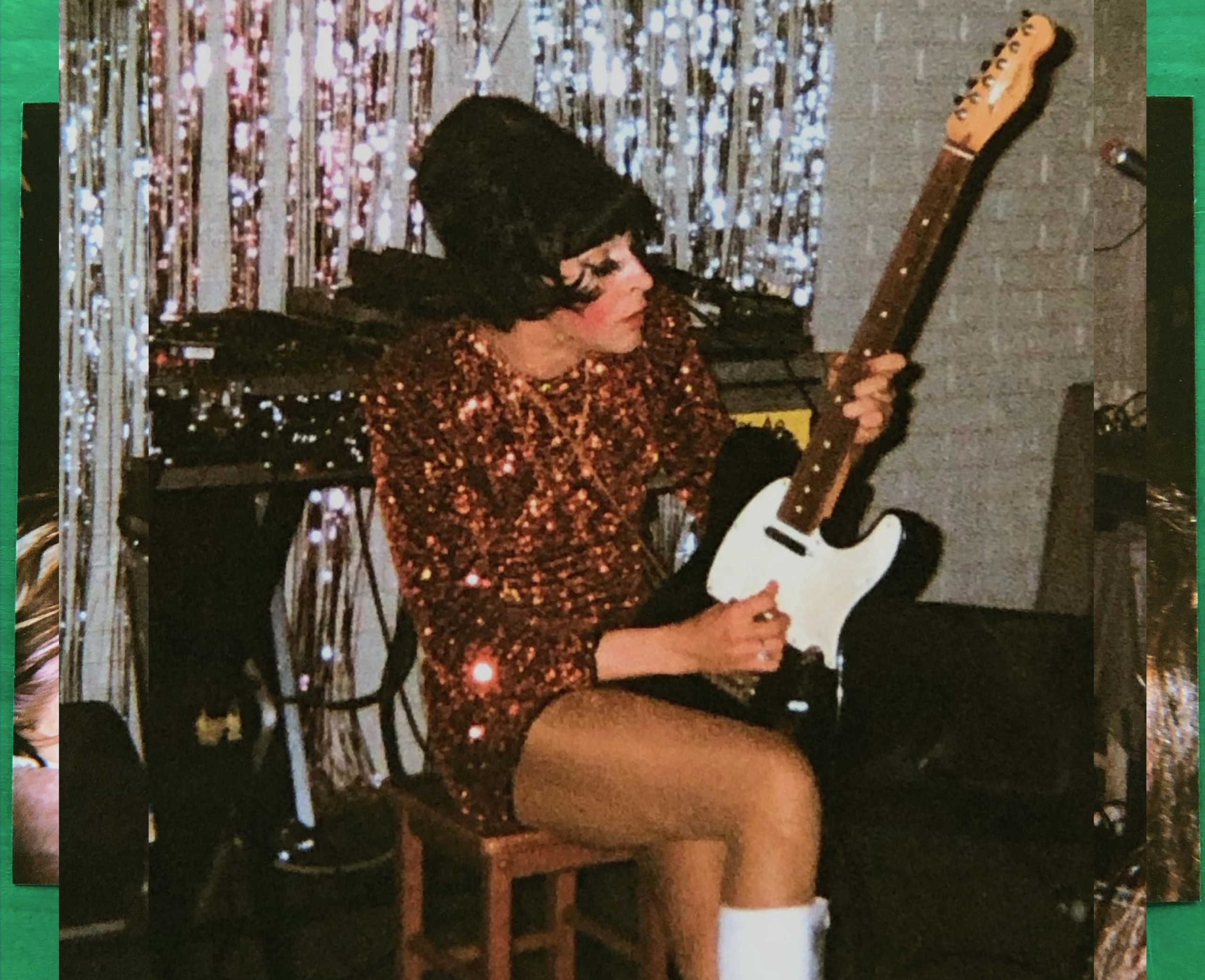“], “filter”: { “nextExceptions”: “img, blockquote, div”, “nextContainsExceptions”: “img, blockquote, a.btn, a.o-button”} }”>
The Tour de France is an eating competition on wheels, and it starts from kilometer zero: Breakfast time.
Tadej Pogačar, Jonas Vingegaard, and the rest of the peloton will scoff close to 2,000 calories before the most grueling days of this year’s Tour.
It’s a multi-course free-for-all of carbs, carbs, and foul French coffee.
EF Education-EasyPost racer Harry Sweeny doesn’t sugarcoat his morning menu.
“We have to eat a shitload in the morning of a grand tour,” Sweeny told Velo.
“This is a serious meal,” Sweeny said. “Hitting the number of carbs we need means breakfast has to be pretty huge. For me, it could work out to anything from 1,200 to 2,000 calories, depending what I choose.”
A Tour de France breakfast table could be mistaken for a dinner service – but not only because of its volume.
Mountains of pasta, rice, and quinoa sit alongside “normal person” breakfast staples like oatmeal, cereal, bread, and pancakes.
This is no typical petit déjeuner.
“You’ve got pretty much everything you can think of at breakfast,” said Sweeny, who races his second Tour this summer. “And if there’s something you want that’s not there, you can ask the chef for it, provided it’s reasonable and fits the guidelines.”
It’s just as well riders can pick and choose, because they’ve got a lot to pack in when they’re racing for three weeks straight.
Riders could burn more than 5,000 calories during any given stage of the Tour de France.
This creates a racing and recovery energy-demand that requires even the scrawniest climbers to eat up to 8,000 calories on the most demanding days of Le Tour.
That number might drop only as far as 5-6,000 calories on “easy” sprint stages spent spinning in zone two.
A Tour de France breakfast is five star food fuel
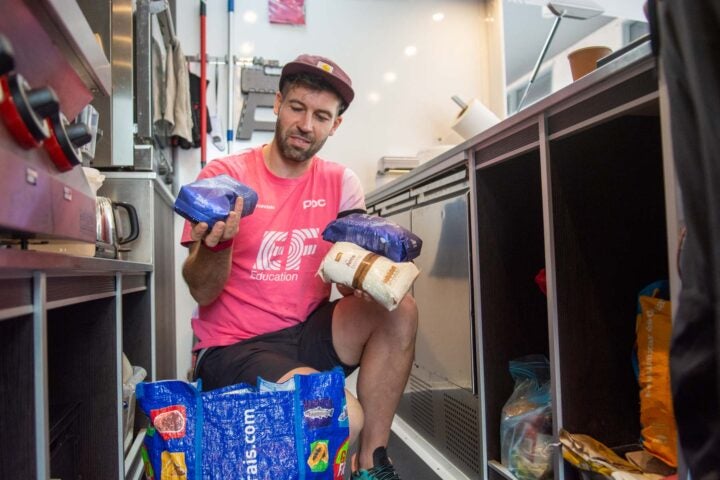
Fear not, foody fans.
Vingegaard, Pogačar, and Sweeny don’t have to endure the three-hour-old oatmeal and festering fruits of a budget hotel kitchen.
Tour de France breakfasts are five-star affaires prepared by skilled team chefs and served out of pristine kitchen trucks.
Blreary-eyed cooks wake at the crack of dawn to pre-prepare mountains of oatmeal, rice, and pasta. Some even forgo the boulangerie and bake their own sourdough.
They then serve eggs, pancakes, and crepes on-demand. Likewise, nutrient-packed smoothies are freshly-blitzed and according to preference.
This food is five-star, but it’s still very much “fuel.”
Team nutritionists prescribe exactly how many grams of carbohydrate, fat, and protein every rider needs for every stage.
Bodyweight, expected duration and intensity, and even climactic conditions are inputs of a precision macronutrient equation that keeps riders both mean and lean.
‘I dare a normal person to try to eat this much at breakfast’
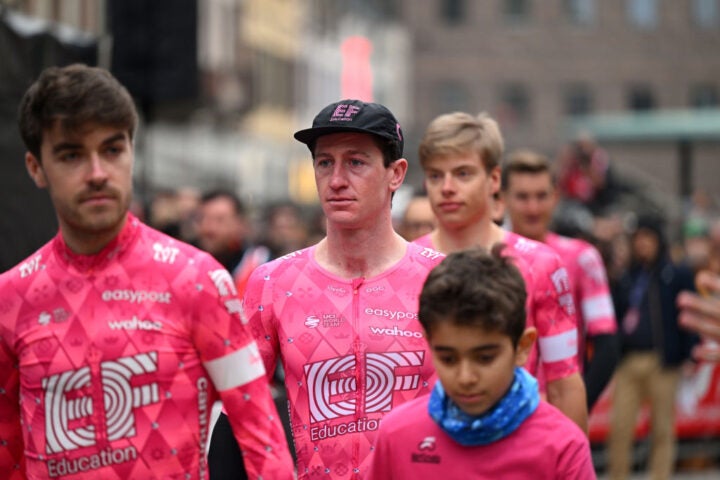
It’s no surprise that carbohydrate is the focus of a Tour de France breakfast plate. It is called “the king,” after all.
The huge energy toll of a grand tour means riders are running what’s essentially a three-week carb load.
Meals are for replenishing previous endeavours and fuelling future efforts, all at once.
Riders might be tasked with taking down a massive 10-12 grams of carbohydrate per kilo of body mass in the 24 hours before brutal stages like the Tour’s 5,800-meter climbing marathon to Col de la Loze.
A significant stack of those arrive three or four hours before the flag drops – at breakfast.
“Most riders will have four times their bodyweight in grams of carbohydrates at breakfast alone,” Visma-Lease a Bike nutritionist Gabriel Martins said. “I dare a normal person to try to eat this much at breakfast. Most of us would struggle to do that in a whole day.”
Sweeny told Velo he prefers to go big on bread for his morning carbohydrates.
But many in the peloton pivot toward the racing rocket-fuel that is boiled white rice.
“Rice is now the preference carbohydrate for us,” Jayco-AlUla nutrition scientist Laura Martinelli told Velo. “We encourage it to our riders.
“It’s perfect race food. It’s super carbohydrate dense, and it’s gluten-free, so it is easy to digest,” she said. “We encourage it for any, or all, the meals of the day.”
But choosing rice doesn’t make breakfast any easier.
A larger rider like Sweeny might need to eat the equivalent of around a kilo of it for his pre-race meal.
The Tour de Francec is a good excuse to skip the greens
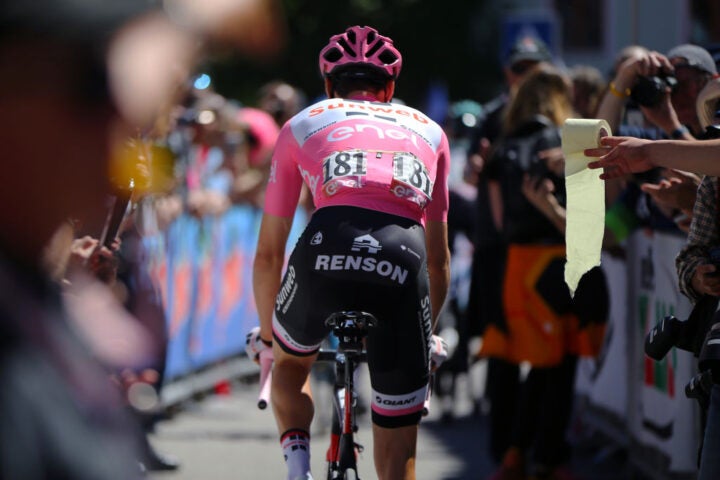
No matter how an athlete prefers to get their carbohydrate fix, it leaves little room for “the good stuff” their momma told them to eat.
Protein, greens, and healthy fats barely feature in what are the least Instagram-friendly breakfasts in France.
“The morning meal has to be seen like a tool, it’s for feeding,” Martinelli said. “The evening is when we think more to ‘nutrients’ and ‘health.’”
At breakfast time, a few eggs or a bowl of low-fat yogurt provide what’s a token dose of essential muscle-preserving protein.
The restriction goes even further with fats and fiber.
Multicolor fruit and veg, and nutrient-rich oils, nuts, and seeds are almost strictly off-limits. Sweeny said his grand tour breakfasts contain a racing-lite 40 grams of fat.
Riders don’t only reduce protein and fat because their guts are crowded with carbs, or for body composition concerns.
A super low-fiber, “low-residue” menu is served before mountain stages to save more weight than any high-end groupset or a jettisoned water bottle.
“Too much fiber makes the body retain water, which increases bodyweight,” Lidl-Trek nutritionist Stephanie Scheirlynck told Velo. “Not by much, but enough for it to make a difference.
“And of course, that’s the last thing a rider wants if they just spent months getting to optimal weight.”
Oh, and let’s not forget a low-fiber approach can reduce the risk of messy mid-stage pit stops, too.
Sample menu: The mind-bending breakfasts of Pogačar, Evenepoel, and Van Aert

So what does a breakfast of champions actually look like?
Aussie racer Sweeny explained that a tight focus on hitting nutrient targets means there’s little variation on the peloton’s plates, even in a multi-cultural team like EF Education-EasyPost.
Europeans, North and South Americans, and Australians are united by a cycling cuisine that delivers big watts and keeps the dietician happy.
But of course, there are always a few wacky – and potentially gross – outliers.
Wout van Aert cooked up a storm when he shared the recipe for his favorite eggy oatmeal, and Chris Hamilton caused confusion when he revealed he has banana and honey on top of his omelet.
For flavor, here’s what Pogačar prefers for his regular training breakfast. Unlike Pogi’s racecraft and power profile, it’s pretty standard fare.
“I eat rice porridge with strawberries and blueberries. Then sourdough bread and a small omelet. Then waffles with peach and raspberry jam,” Pogačar said last year. “It’s a long breakfast, about 40 minutes.”
But Pogačar’s pre-training meal can’t require as long a sitting as that of his yellow jersey rival Remco Evenepoel.
The Olympic road and TT champion listed more than a dozen separate breakfast items when he released a “day of training and eating” video on his YouTube channel.
“Good fuel for a big or a big day of training,” Evenepoel said after he polished off oatmeal, cereal, bread, an omelet, a flat white, and a whole lot more. “It’s a very balanced breakfast, especially for a big training day.”
So here’s a final PSA for any aspiring pro.
If you’re not “a breakfast person,” don’t apply.
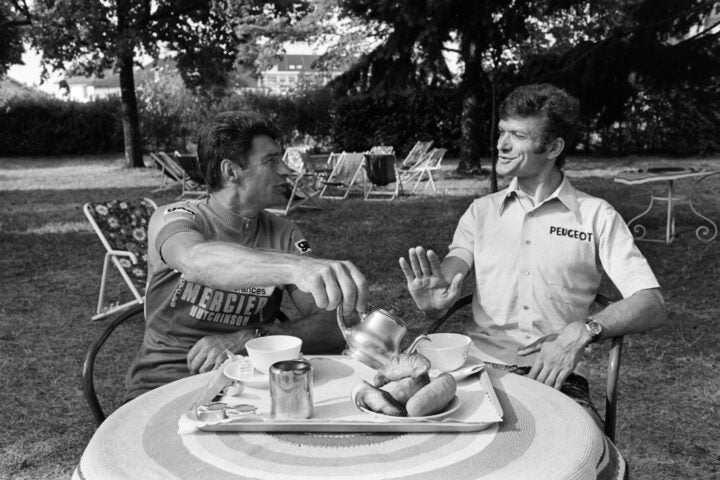
Source link
